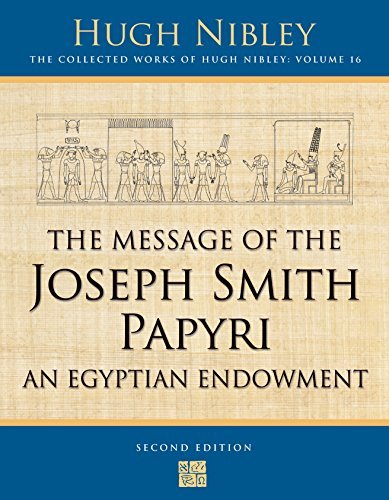What do you think?
Rate this book


This is the first — and still the only book-length commentary on the Joseph Smith Papyri. In this long-awaited new edition, with expanded text and numerous illustrations, Professor Nibley shows that the papyri are not the source of the Book of Abraham. Rather than focusing on what the papyri are not, as most commentators have done, Nibley masterfully explores what the papyri are and what they meant in ancient times. He demonstrates how these ancient Egyptian papyri contain a message that is of particular interest to Latter-day Saints.
857 pages, Kindle Edition
First published January 1, 1976